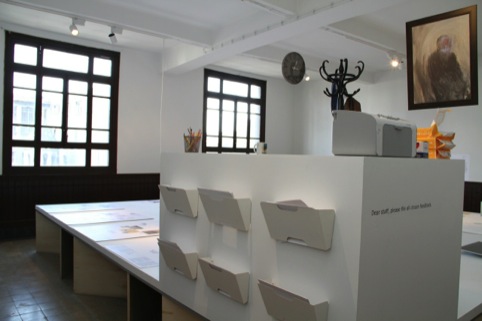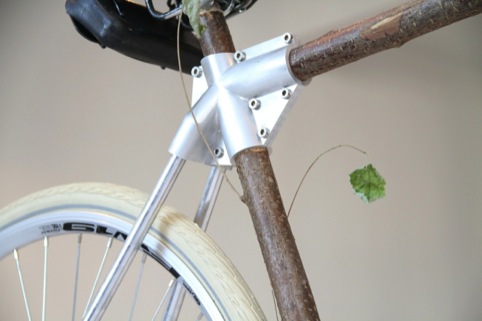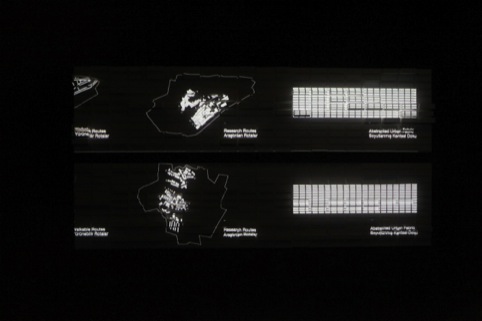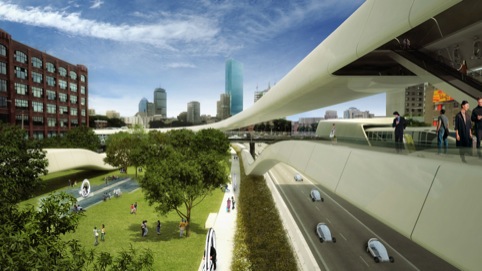Istanbul Design Biennial
Anna Bates reports back from the Turkish capital for the inaugural Istanbul Design Biennial.

Last month saw the opening of Istanbul’s inaugural Design Biennial. Situated across two main venues, the exhibitions responded to the theme ‘imperfection’, set by Design Museum director Deyan Sudjic, in light of his personal experience of the city. ‘It’s special quality is that it makes so much from the imperfect, the inexact and the provisional,’ he stated.
The biennial’s initiator Bülent Eczacıbaşı, chairman of the Istanbul Foundation for Culture and Arts (IKSV) wasn’t as complacent about the city’s deficiencies. ‘We need cities that are better designed and products that are better designed,’ he said at the event opening. Turkey, in particular, needs design he argued, because of its sporadic growth, a result of its expanding economy.
Suitably, then, both Musibet (meaning ‘plague’ or ‘sickness’ in Arabic), curated by architect Emre Arolat and Adhocracy – by Domus editor Joseph Grima – were brimming with projects interested in new models of organisation and production.
At Adhocracy – an exhibition of 60 projects spread over five stories of the Galata Greek School – the goal was to celebrate work that sidesteps the bureaucratic model of organisation in favour of bottom up strategies. Brickstarter, for example, uses the Kickstarter crowd-funding model but to fund public space interventions rather than products. The government still gets the final say, but a citizen proposal with financial support and community backing is an attractive proposal, rather than one to file away. The project is Finnish innovation fund Sitra’s attempt to re-write the way the public and government communicate.
All of the projects in this show respond to the social and technological revolutions facing the industry now. Many designers were looking at new production models, and how they could use them to redefine their role.

Kiosk 2.0, a project by Turkish designers Unfold, imagines a future where digital fabrication is adopted by street vendors, to meet the spontaneous needs of the passer-by. Here, the designer is designing a new form of industry, rather than a specific product. There were also projects that re-thought the process of materialising objects: ProdUSER by Tristan Kopp is a series of bicycle connections that enables the user to put together a bike with whatever material is locally available. The sentiment of these projects was key to the show. The role of the designer in this landscape is to enable others to create objects and products particular to their need, or provide them with the tools to fix things, from the scale of a kettle to public space.

Musibet, situated at Istanbul Modern, wasn’t as accessible to international visitors. While Adhocracy asked questions about production and organisation at large, Musibet was more specifically focused on the issues facing Istanbul – but then it was the city’s decision makers and citizens curator Arolat wanted the attention of. In the face of the city’s expansive growth, he wanted to offset the celebratory position taken by the media, government and public, with a more critical position to the ‘hasty decisions’ being made, by ‘minds more obsessed with quantity than with quality’. The exhibition, organised under two headlines Transformation” and Anti-Context sought to begin this dialogue.
Simultaneous to the biennial was Audi’s Urban Future exhibition; here five architecture firms were invited to present their models of the future city. The award was given to US Architects Höweler + Yoon. They proposed merging individual and public transport into a new and highly complex ‘main artery’ that runs a 450-mile route from Boston to Washington (an area nicknamed BosWash). The ‘bundle’ replaces the highway with co-ordinated systems of transportation that build on existing infrastructures, and integrate new ones, like “ride sharing”. The architects explain, ‘Having traded ownership for sharing, the new American dream of freedom and opportunity transforms the shape of the urban landscape.’

Istanbul Design Biennial runs until 12 December. For more information visit istanbuldesignbiennial.iksv.org.
-
Post a comment




